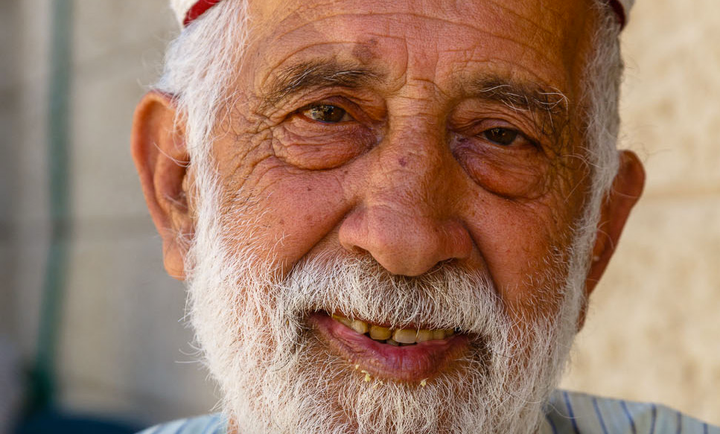
New project bridges cultural divide using food that unites Hebrew and Arabic worlds. Author is an editor of the Samaritan Cookbook project by One Semitistan collective.
The first-ever Samaritan Cookbook takes you on an adventure into the little-known world of Hebrew Israelite food and drink.
The journey brings readers to both halves of the community: in Holon, outside Tel Aviv, Israel, and Kiryat Luza, on the footsteps of Mount Gerizim near Nablus in the Palestinian Territories. Most people have heard the Parable of the Good Samaritan, but few realize that the community is once again going strong today — much less tasted or prepared any of their cuisine.
Despite almost fading from the history books, the Samaritan way of life has survived three millennia in the Holy Land. From hummus and avocado sesame salad to lamb meatballs with pine nuts and chicken with za'atar, the dishes are a unique blend of Mediterranean traditions, reflecting the flavors and spices of contemporary Arabic and ancient Levantine neighbors.
Celebrating the common foods eaten by different types of people, the book features Samaritan history as a unique phenomenon at the intersection of the Israeli and Palestinian experiences.
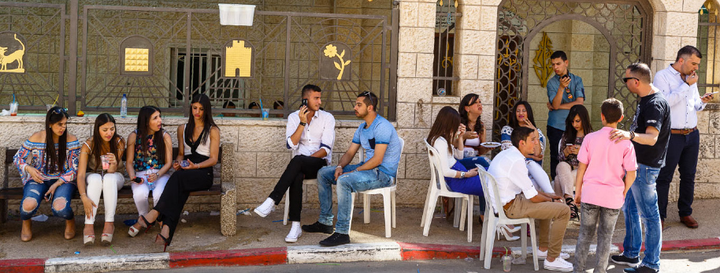
The book’s content should appeal to five main groups: Mediterranean food lovers looking for healthy, tasty cuisine; the co-existence crowd interested in ways to bring Middle Eastern communities together; Jewish people fascinated by a distinct Israelite heritage; Christians hoping to connect with a Biblically important legacy; and aficionados who enjoy studying this one-of-a-kind ethnolinguistic sect.
The delicious dishes are combined with directions, commentary, and photography in a visually appealing spread. Many have some broader cultural reference with anecdotes from one of the 23 Samaritan women who originally put the instructions on paper. Sometimes this might revolve around a holiday celebration, and contextual descriptions explain the background of the items. The style of the Samaritan Cookbook fuses old and new, giving a contemporary feel to traditional motifs.
The effort began as a way to produce a contemporary take on the original 2010 cookbook put together by Holon-based Benyamim Tsedaka, a Samaritan jack-of-all-trades who serves as their chief academician.
“One of the most important parts of Samaritan identity is our special cuisine delivered by our ancient forefathers -- from the days when the menu and ingredients were quite sparse, to the days that it became enriched with hundreds of different kinds of spices and dishes,” said Tsedaka.
“From this extensive kitchen, we have selected 72 of the best dishes, all of them an expression of over 3,000 years of Israelite history. These dishes are influenced by this narrow strip of land in the Levant that connects the cultures of Africa, Asia, and Europe -- with a special Samaritan touch.”
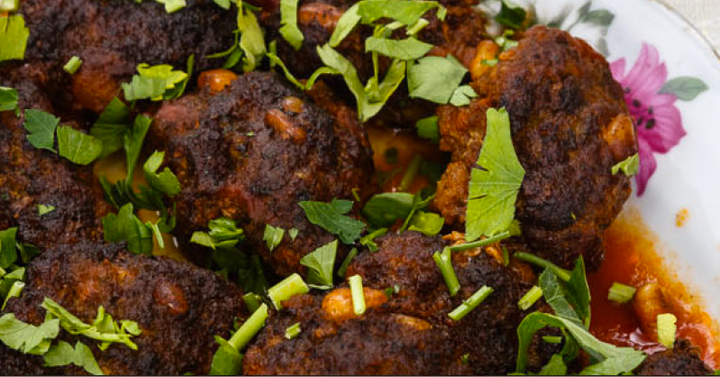
Through crowdsourced feedback on the recipes and reader submissions, the book aims to engage the audience across platforms. It aspires to help teach new cooking techniques, explore uncharted gastronomic terrain, and give curious fans an appreciation of largely unknown Samaritan culinary richness and depth.
“The wonders and aromas of the Samaritan kitchen arise from the pages of this cookbook. Some of the dishes are Israelite, others are uniquely Samaritan, and a portion are imported dishes from other food cultures,” Tsedaka added. “The tastes crystallized to make all those who eat them lick their fingers at the end of each meal.”
The food relies heavily on fresh ingredients: fresh fruits and vegetables from the fields and the garden; chicken, turkey, sheep, cattle, and kosher fish; baked goods; dairy and cheese dishes; and preserved vegetables. All of these are sourced from the market, never frozen, but directly from the hands of the butcher and farmer to the kitchen, and from there to the table.
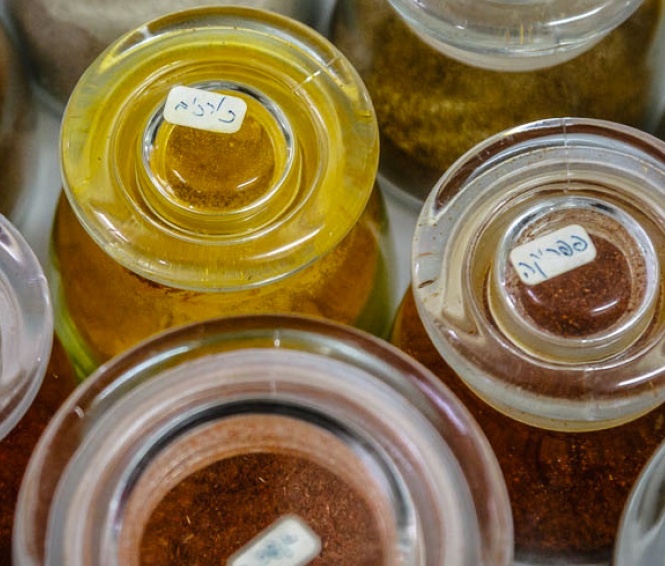
The book’s pantry explains the importance of various flavors to Samaritan cooking: anise, Arabic spices, coriander, cumin, paprika, turmeric, and za’atar.
The last item on that list is unique to the Levant, a spice mixture whose prized main ingredient is alternatively called Biblical hyssop and Lebanese/Syrian oregano.
Also related to thyme and basil, the herb blend generally includes sesame seeds, sumac, salt, and marjoram. Za’atar is often served with pita and olive oil, in addition to baked goods, salads, meats, and in tea.
Some of the other tasty recipes in the book include zucchini with yoghurt, egg and okra quiche, cauliflower with rice (maqlouba), and potatoes stuffed with lamb. For dessert, there is kunafeh, ma’moul, and challah.
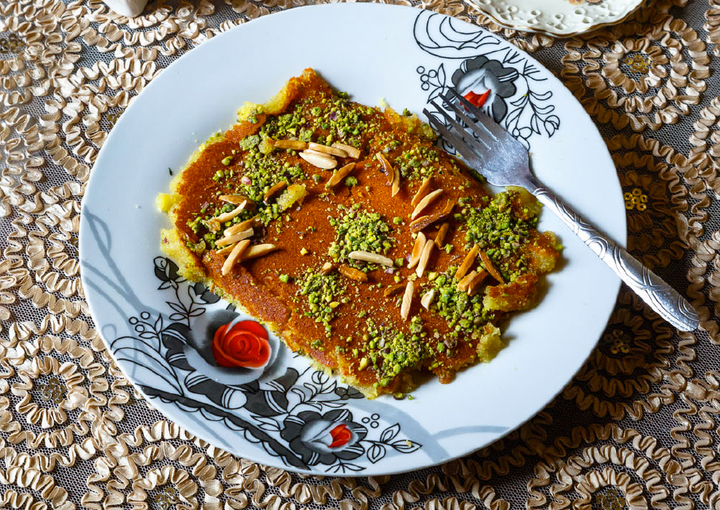
“There are readers who will note that some of the dishes that grace these pages can also be tasted in the Palestinian kitchen. That culinary tradition developed from the same roots,” said Tsedaka. “The commonalities that exist between the two can be expressed in two words: very tasty!”
Yet, as in the days of yore, the Samaritan community still carries out the same annual festivals, visits to holy places during days of happiness, and days of mourning. Their days of flourishing and good fortune, as well as days of withering, give them continued hope for the future.

“If you are asked whether you know how to prepare a certain dish, always answer that you can,” says one Samaritan proverb. “Even if you don’t know how, you will learn along the way.”
And here’s another maxim: “Know that love is transmitted through the stomach.” The Samaritan Cookbook aims to land a wider outlet for publishing and distributing this age-old wisdom.
“The uniqueness of a people within the world community can be measured by the way they bequeath their special tastes onto the wider world,” Tsedaka summarized.
Contact SamaritanCookbook@gmail.com for more information and the book sample.
